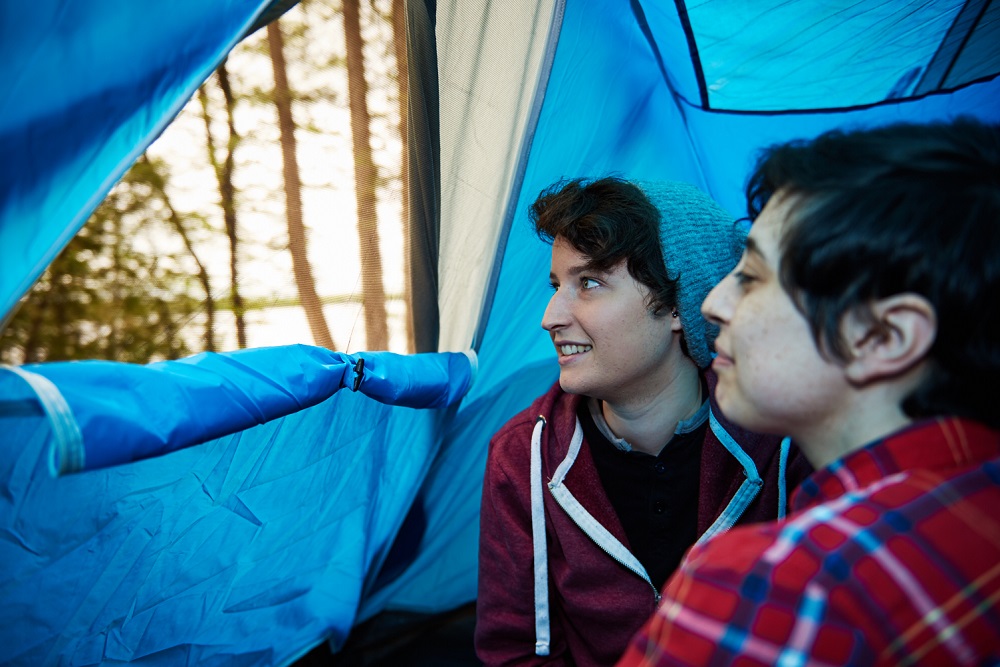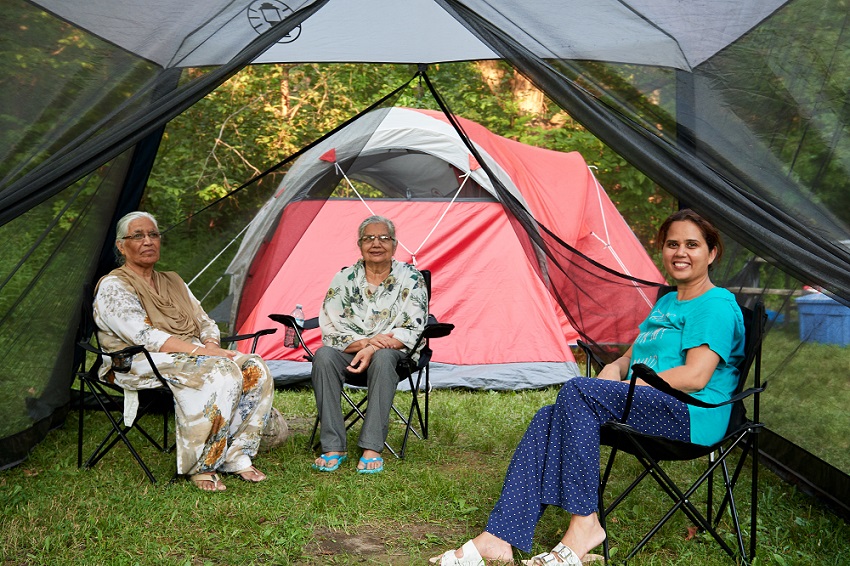All good things must come to an end, including the heat of summer.
You’ve learned to set up and take down your equipment this year, but do you know how to properly store it over the winter (without producing any mildew, funky smells, or damage)?
In case you need a quick refresher (pun intended), we’ve created a checklist to help make sure your gear is ready and waiting for your first spring adventure.
1. Put in the work
We get it. After a long camping trip, the last thing you want to do is clean your equipment.
While you might be able to get away without cleaning between frequent camping trips, you’ll need to put in the effort after your final trip of the season.

Ensure everything is clean and dry. Not doing so could result in mold and mildew to build up, causing that funky smell and deterioration that we all hate.
Just think about how happy you’ll be when getting ready for your first trip next year: your equipment will be ready to rock and roll!
2. Ditch the dirt
After cleaning off the outside of your tent, it’s time to tackle the inside.
Set up your tent in your backyard, driveway, or even your living room! It’ll be much easier to get in every crook and cranny.

Vacuum or sweep out any dirt, crumbs, or other items that get caught in your tent over the course of the summer.
3. Get organized
There’s nothing more annoying than pulling out your gear for a new camping season, and not knowing where or what anything is!
It might seem like overkill now, but labelling your equipment before putting it away saves a lot of head-scratching at the beginning of next season.

Try colour-coding your poles with some tape. This will avoid any confusion between dining shelter poles and tent poles!
Store your cutlery, pots, pans, and other kitchen supplies in labelled bins. You’ll no longer have to sift through your holiday decoration in order to find that one pesky pan!
4. Keep it cool
After putting in a ton of effort to dry out, clean, and label your equipment, the last thing you want to do is store it in the wrong spot. Keep your equipment in a cool, dry place.
Avoid storing your equipment in an area with excessive moisture, sunlight, and heat. This allows for equipment to sit undisturbed without fading or growing mold over the long winters.

There you have it.
Once completing these steps, you’ll have perfectly stored equipment.
